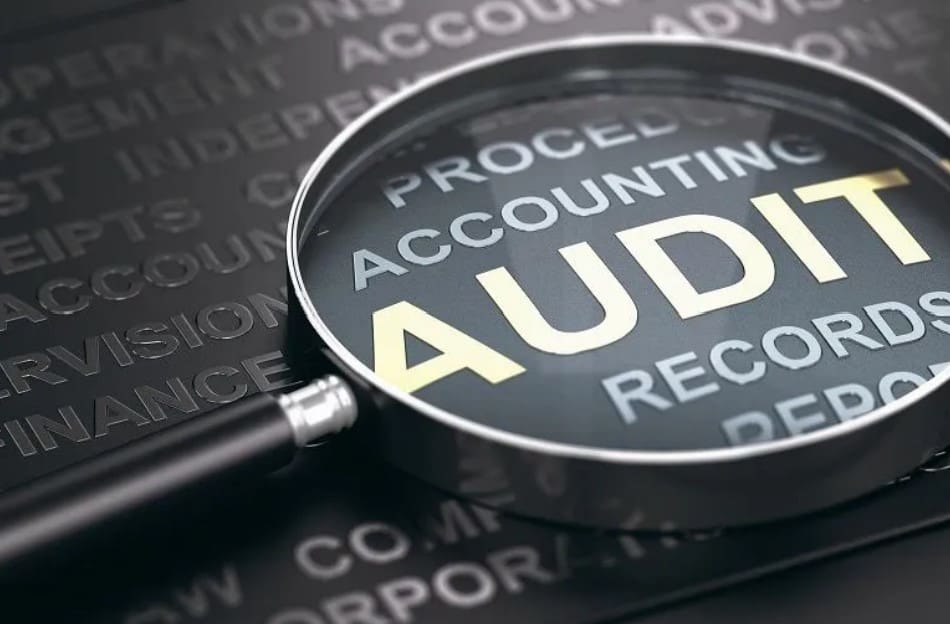Amid Crypto Contagion following the FTX collapse, two of the world’s largest crypto exchanges, Binance and Crypto.com released “Proof of Reserves (PoR)” reports. Both worked with Mazars Group, a global accounting firm. However, according to Mazars, these haven’t been audit reports; they did not express an opinion or an assurance conclusion. While the PoR reports may be a good first step toward more transparency in the crypto sector, but for now, they are more of a sort of placebo to calm users.
Very Limited Scope
In the case of Binance, the report was addressed to Binance Capital Management Co. Ltd., British Virgin Islands, and didn’t show total assets or total liabilities. Rather, its scope was limited only to bitcoin assets and bitcoin liabilities.
When we say proof of reserves, we are specifically referring to those assets that we hold in custody for users. This means that we are showing evidence and proof that Binance has funds that cover all of our users assets 1:1, as well as some reserves.
Binance statement On Proof Of Reserves
In an interview, Binance’s Chief Strategy Officer, Patrick Hillmann, said the Mazars letter didn’t cover any assets or liabilities at Binance’s U.S. operations.
According to the Mazars letter, the total bitcoin liabilities were 3% greater than the bitcoin assets included within the report’s scope; thus, Binance didn’t meet its 1:1 ratio of reserves to customer assets. In U.S. dollar terms, based on bitcoin’s price at the time, the liabilities would have been about $9.68 billion, while the assets would have been $9.43 billion, or about $245 million smaller, according to calculations by The Wall Street Journal.
On an “adjusted basis” basis, however, the liabilities were 1% less than the assets, leading Mazars to state that “Binance was 101% collateralized” when using that methodology.
In a blog post, Crypto.com said that it released its audited Proof of Reserves, enabling users to verify that their crypto assets are fully backed (1:1) on their platform.
Mazars Group compared the assets held in [onchain] addresses proven to be controlled by Crypto.com with customer balances through an auditor-overseen live query of a production database as of December 7, 2022, 00:00:00 UTC
Mazars statement
As with Binance, this verification by Mazars is not at all a meaningful audit. Crypto.com, however, calls it an “independent third-party audited report” performed under ISRS 4400 as set forth by the International Auditing and Assurance Standards Board (IAASB). They would have used advanced cryptographic procedures to confirm the availability and backing of our customer balances.
No Audit, No Proof Of Reserves!
Both Binance and Crypto.com state that there would have been an audit to establish the Proof of Reserves report.s However, Mazars does not see it this way. Here is a lot of playing with words and meanings. Other experts also say that using the term “audit” would be a gross misinterpretation. Among the critics is Kraken founder Jesse Powell, who calls Binance‘s Proof of Reserves bullshit and not meaningful. He also questions the method as a whole.
I’m sorry but no. This is not PoR. This is either ignorance or intentional misrepresentation.
Jesse Powell on Twitter (link)
Users should continue to be very careful about having their cryptos on at central exchanges and custodians. As the events of 2022 clearly showed, no one knows what they really do with customer funds.
